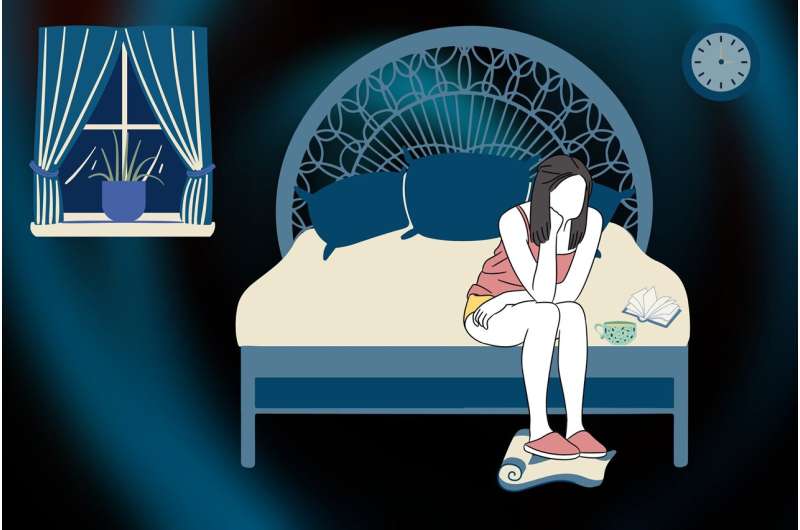Rising Homicide Rates Linked to Increased Suicide Risk Across the U.S.

A Rutgers University study links rising homicide rates, especially involving firearms, to increased suicide risks across U.S. counties, highlighting the need for integrated violence and suicide prevention strategies.
Recent research from Rutgers University reveals a concerning trend: increases in local homicide rates within U.S. counties are associated with a subsequent rise in suicide rates, especially when firearms are involved. The study, published in the journal Social Science & Medicine, analyzed over 50 years of data spanning more than 159,000 county-year observations across 48 states from 1968 to 2019.
The findings indicate that a one-point increase in a county's homicide rate predicts a 3.6% increase in suicide rates the following year. When firearm-related homicides specifically rise, they correlate with a 5.7% increase in firearm suicides. The impact was more pronounced in rural areas and among white populations, though Black communities showed similar, albeit lesser, effects.
The research underscores the interconnectedness of community violence and mental health outcomes. Violence, particularly involving guns, not only causes immediate harm but also destabilizes communities, elevating the risk of suicide. Experts suggest that violence prevention efforts should be integrated into suicide prevention strategies, with particular attention to firearm access, socioeconomic disparities, and rural health challenges.
Lead researcher Daniel Semenza emphasized, "Violence and self-directed harm are interconnected and must be addressed together." The study highlights the importance of comprehensive approaches that tackle the social and structural factors contributing to both violence and suicide.
This evolving understanding challenges the traditional separation of homicide and suicide as distinct public health issues, urging policymakers and health professionals to see them as interconnected phenomena requiring coordinated intervention strategies.
For more details, see the full study in Social Science & Medicine (2025). Source: Rutgers University and https://medicalxpress.com/news/2025-07-suicides-homicide.html.
Stay Updated with Mia's Feed
Get the latest health & wellness insights delivered straight to your inbox.
Related Articles
Exploring the Interconnection Between Sleep Patterns and Mental Health
Discover how sleep and mental health influence each other, and explore effective strategies to improve sleep hygiene for better emotional well-being.
Research Links Autistic-Like Traits to Problematic Gaming Motivations
A new study links autistic-like traits to increased escape-driven gaming motivations, highlighting risk factors for problematic gaming and the importance of balanced gaming habits.
Children Born Late in the Year Face Increased Risk of Mental Health Challenges
Children born late in the year, especially those born prematurely, face higher risks of mental health issues, including ADHD and emotional disorders. A Norwegian study suggests the need for educational adjustments to support vulnerable students.



